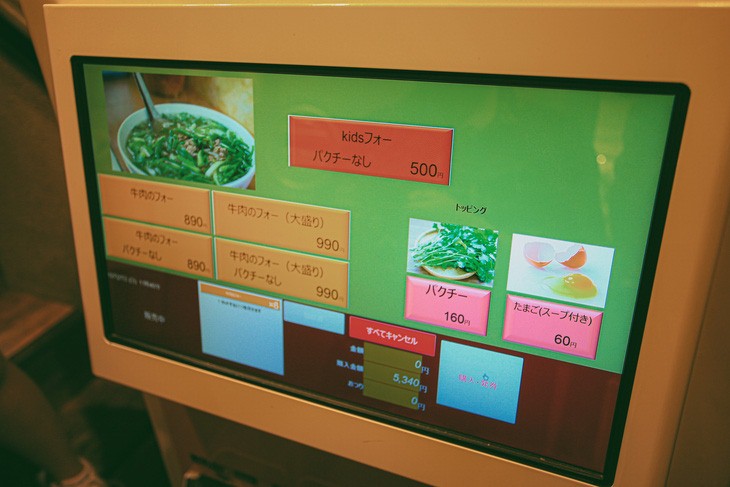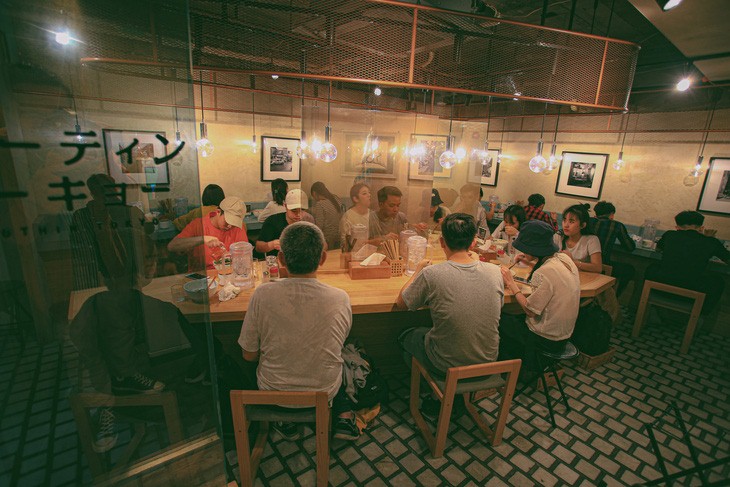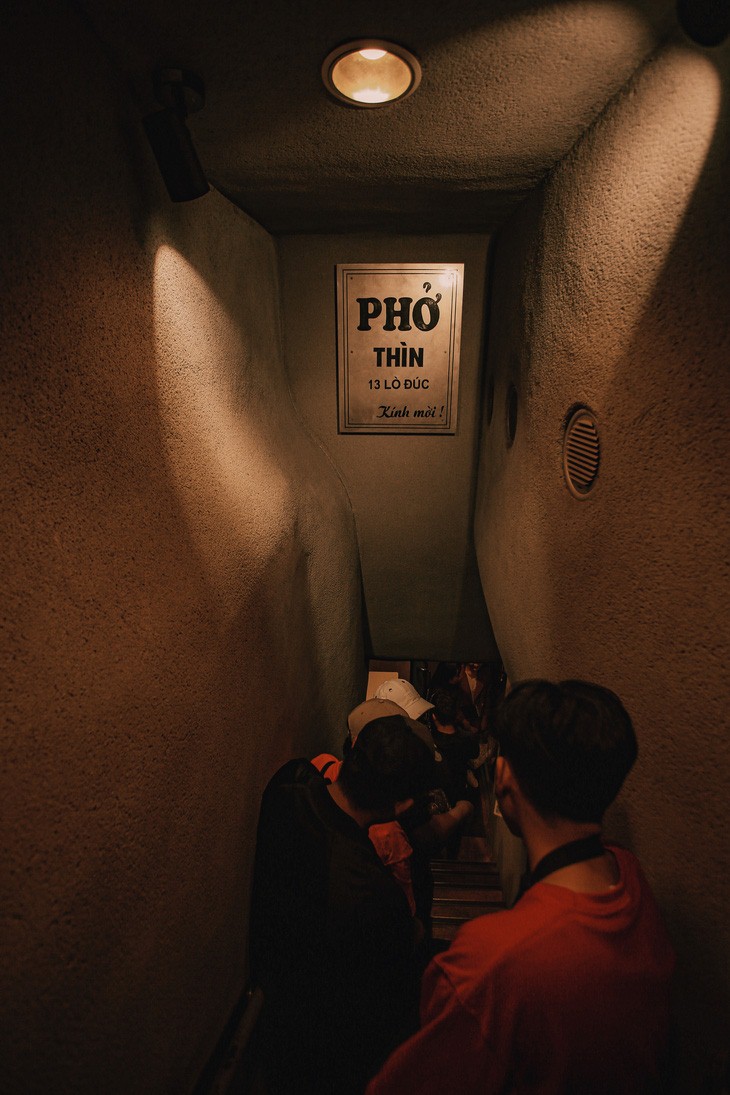Tokyo, the most populous city in the world with over 37 million people, has numerous interesting things worth experiencing and lining up to eat Vietnam’s pho in the morning is among the experiences worth a try there.
While Italy is famous for pasta, Spain has paella, and ramen is known as a typical Japanese dish, pho is a national dish of Vietnam.
Regardless of ages and homelands, it is sure that many Vietnamese people have considered eating pho a habit.
The Vietnamese can eat pho at any time of the day. A bowl of rare beef pho with two eggs is preferred in the morning, while chicken pho with finely chopped spring onions is a top choice for lunch.
For dinner, it is advised to try pho xao (stir-fried pho) served with pickles. At night, after leaving drinking parties, Vietnamese people tend to drop in a pho restaurant to enjoy a bowl of pho with beef stew in a red wine sauce served with fried bread sticks.
Broth is the soul of the noodle soup and gives it its distinct character.
The broth for pho is made by simmering beef bones for several hours in a mixture of water and various spices, including cinnamon, star anise, grilled ginger, cardamom, cloves, and coriander seeds.
However, each region of Vietnam has its own pho recipes.
Once one becomes a pho lover, no matter where they go, they will crave for the dish if they do not eat it for a week, or at least they will think of it and visualize its taste clearly on the tip of their tongue.
Waiting in line to eat Vietnamese pho is common in Vietnam, especially in the north.
However, doing the same job abroad, specifically the most populous city in the world, Tokyo, is special.
|
|
| The price list of the Pho Thin Lo Duc restaurant in Tokyo, Japan in 2019. Photo: NICK M. |
I have traveled to Japan 10 times and consides it my second home. I often jokingly say that every return to Tokyo is a homecoming trip.
During a trip to Tokyo in 2019, I found a branch of PhoThin, a popular pho brand in Vietnam, in the Japanese capital by chance while I was looking for my favorite ramen restaurant. The Pho Thin restaurant is situated next to my favorite ramen restaurant.
Queuing up is Japan’s culture and diners have to often line up, even for two to three hours, to enjoy tasty dishes.
On that day, I had to wait for nearly an hour in the morning to eat rare beef pho.
The PhoThin restaurant in Tokyo has a narrow entrance. Customers have to wait in a long line on Toshima Street near the Ikebukuro railway station.
A Japanese man named Kenji Sumi opened the restaurant following the franchise of Nguyen Trong Thin, the owner of PhoThin Lo Duc, a famed pho brand in Hanoi.
As a result, Pho Thin Tokyo features the essence of pho in northern Vietnam.
The pho restaurant is located in a basement with wooden tables and Vietnamese music.
The diner uses dried noodles, so the quality of the noodles is not as good as fresh noodles in Vietnam. However, the beef quality is three to four times higher.
PhoThin Lo Duc’s signature rare beef pho is full of chopped spring onions and the dish in Tokyo is made in the same way. The stock is bold and features the taste of many ingredients.
The dish is served with chili sauce, vinegar, pepper, and chilies as it is in Vietnam.
|
|
| The space inside the Pho Thin Lo Duc restaurant in Tokyo, Japan. Photo: NICK M. |
In such a populous city with a high cost of living, the price of a bowl of pho is obviously much higher than that in Vietnam.
A bowl at PhoThin Tokyo costs the same as the cheapest bowl of ramen in Japan, at 890 yen (US$6). It will cost an additional 160 yen ($1.1) with chopped spring onions added and 60 yen ($0.4) with an egg added.
Thus, a bowl of beef pho with two eggs and a lot of chopped spring onions will cost diners 1,170 yen ($7.9).
The Vietnamese pho has been famed worldwide. Many celebrities have promoted the dish.
Therefore, the numbers of Vietnamese and foreign customers at PhoThin Tokyo are equal.
If one has a chance to come to Tokyo, they should enjoy the feeling of queuing up to eat pho there.
Cuisine is something worth waiting for and then eaters will be rewarded with good taste. The taste later creates memories.
When being asked, “How long have not you eaten pho?”, the listener suddenly realizes that the answer is always, “It has been a long time, since last week.”
It is simply because eating pho at any time of the day and in any place is an absolutely reasonable idea.
|
|
| The entrance to the Pho Thin Lo Duc restaurant in Tokyo, Japan. Photo: NICK M. |
Tuoi Tre (Youth) newspaper will join hands with Saigontourist Group to organize the ‘Vietnam Pho Festival 2023’ at Yoyogi Park in Tokyo, Japan on October 7 and 8 with the aim of enhancing the global recognition of Vietnamese culinary culture, particularly pho, a Vietnamese soup consisting of broth, rice noodles, herbs, and meat – usually beef or chicken.
The festival also serves as a tangible commemoration of the 50th anniversary of diplomatic relations between Vietnam and Japan.
The event gets the support from the Vietnamese Embassy in Japan, the Vietnamese Ministry of Foreign Affairs, the Vietnam-Japan Friendship Association, and Japanese partners.
The festival also enjoys sponsorship from national carrier Vietnam Airlines, Southern Airports Services Joint Stock Company, the Ngoc Linh Kontum K5 Ginseng Pho brand, and several other domestic and international companies.
Many pho brands, such as Pho Dau, Pho Phu Gia, Pho Thin Bo Ho, Pho Hai Thien, Hoa Hoi Vang (Golden Star Anise) Australia, and five-star hotels which serve the soup in Vietnam, including Hotel Grand Saigon and Hotel Majestic Saigon, have put their names down for the festival.
|
|
Like us on Facebook or follow us on Twitter to get the latest news about Vietnam!




















































